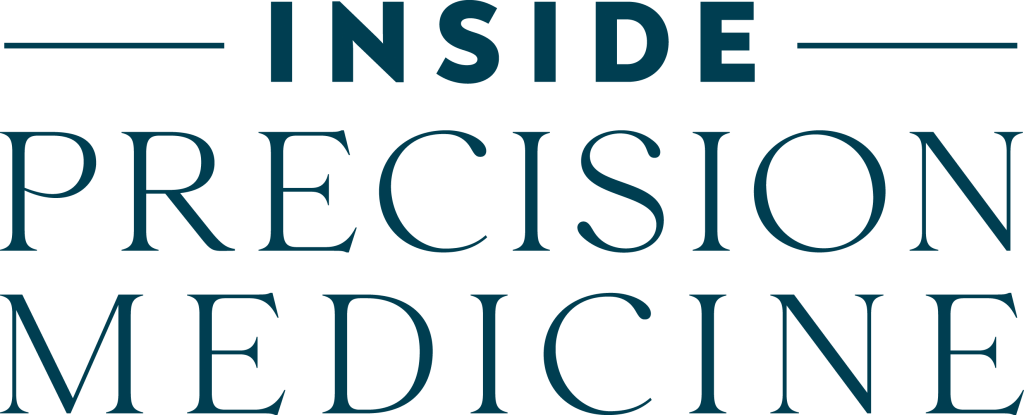
92 Results
Sort By:
Format
Publication Date
25 New Microcephaly Genes Identified via CRISPR Screen for Human Organoids
- Digital Article
- Digital Article
Published on October 30, 2020
Researchers at the Austrian Academy of Sciences have applied a new tissue screening technology is calls CRISPR-LICHT (CRIPSR-LIneage tracing at Cellular resolution in Heterogenous Tissue) to identify 25 out of 173 candidate microencephaly genes linked to the rare neurological condition, which is characterized by abnormal brain development and reduced head size. Previously, 27…
New CRISPR Tool to Light Up Organoid Genes
- Digital Article
- Digital Article
Published on March 3, 2020
The potential that gene-editing tools such as CRISPR-Cas9 hold for eliminating disease and genetic disorders is immense. The ability to excise a mutant gene and replace it with an unaltered version may become the gold standard by which physicians treat patients in the near future. Leading up to these potential…
Immune-Enhanced Organoids Could Provide Immunotherapy Screening Platform
- Digital Article
- Digital Article
Published on January 22, 2020
Researchers at the Wake Forest Institute for Regenerative Medicine (WFIRM) have released new study findings that show promise for developing a patient-specific tumor organoid platform to improve immunotherapy treatment selection for patients. “Immunotherapy drugs are not inexpensive, and it is not uncommon for the cost of therapy to be measured…
New Signaling Pathway and Potential Drug Found for MASH
- Digital Article
- Digital Article
Published on May 2, 2024
Insights into fibrotic liver disease and a candidate drug to interfere with this process were uncovered in recent work by a team from the University of California San Diego. Their research describes a pathway that leads to fatty liver, they also designed a drug candidate to affect this pathway. This…
How Single-Cell Omics is Revolutionizing Our View Of Neurobiology
- Magazine Article
- Digital Article
- Digital Article
Published on April 1, 2024
The adult human brain is made up of billions of neurons and glial cells. Understanding the diversity of these cells and their distinctive gene-regulatory mechanisms is crucial for determining how the brain works and, in turn, for developing treatments for neurologic disorders. Until recently, cell populations were defined based on…
How Early-Stage Cancer Cells May Avoid Immune Surveillance
- Digital Article
- Digital Article
Published on February 28, 2024
A new study by researchers from the Massachusetts Institute of Technology (MIT), the Dana-Farber Cancer Institute, Harvard Medical School, and elsewhere describes a strategy in which early-stage cancer cells manage to evade immune system surveillance. Early in colon cancer development, cells turn on a gene called SOX17 that can become…
Pediatric Neuroblastoma Atlas Points to New Immunotherapy Combo
- Digital Article
- Digital Article
Published on January 10, 2024
A new, more effective, treatment may have been found for neuroblastoma, which is one of the most common cancers of childhood. Using single-cell sequencing, researchers at the Princess Máxima created a detailed atlas of neuroblastoma tumors at both the individual tumor and immune cell level. Using this atlas, the team…
Revolutionizing Healthcare: Innovations in Regenerative Medicine Offer Hope
- Magazine Article
- Digital Article
- Digital Article
Published on December 20, 2023
Life is like the changing of seasons, each uniquely beautiful. Just as autumn leaves fall to the ground and make way for winter’s gentle snow, life has transformational cycles. The cycle of life continues through the changing seasons, like how the autumn winds strip the trees of their leaves and…
Biological Robots Show Healing Potential
- Digital Article
- Digital Article
Published on December 1, 2023
Biological robots created from a patient’s own cells can move around to heal and regenerate damaged tissue, a study suggests. Tiny multicellular “Anthrobots” created from epithelial cells in the trachea could be stimulated to move and heal “wounds” created in nerve cells cultured in a laboratory. Cilia on the cells,…
Scientists Uncover a Crucial Mechanism in Stem Cell Transition
- Digital Article
- Digital Article
Published on November 27, 2023
Using intestinal organoids, researchers at the Institute of Molecular Biotechnology of the Austrian Academy of Sciences (IMBA) and the Institute for Basic Science have identified a novel gene, Daam1, as a key player in orchestrating the development of stem cells in the intestine. The human body, much like a well-maintained…
Bacteria Linked to Radiation Resistance in Cervical Cancer
- Digital Article
- Digital Article
Published on October 25, 2023
New research points to lactate-producing intratumoral bacteria as a driving cause of radiation therapy resistance in cervical cancer. The study, published in Cancer Cell, found that Lactobacillus iners (L. iners), causes cervical cancer cells to respond to radiation by rewiring metabolic signaling pathways that ultimately lead to radiation resistance. The researchers also…
Long COVID Linked to Decreased Serotonin
- Digital Article
- Digital Article
Published on October 23, 2023
Lower serotonin levels may play a central role in long COVID, and possibly other post-viral cognitive syndromes, according to new research published last week in Cell. The study, led by researchers from the Perelman School of Medicine at the University of Pennsylvania, aims to explain how persistent inflammation after contracting…
Bridging Gaps for Affordable Cell and Gene Therapies: Overcoming Financial and Systematic Obstacles
- Magazine Article
- Digital Article
- Digital Article
Published on October 17, 2023
By William A. Haseltine Regenerative medicine has emerged as a promising treatment option for chronic medical conditions. Specifically, cell and gene therapies, innovative forms of regenerative medicine, have shown great potential in personalizing and targeting disease treatment. These cutting-edge therapies leverage a patient’s cells and genes to repair and regenerate…
Neurodevelopmental Disorder Gene Action Elucidated
- Digital Article
- Digital Article
Published on September 28, 2023
Researchers have identified the biological impact of dozens of genes involved in neurodevelopmental disorders such as autism, which could help accelerate drug development for these conditions. Roughly 11 percent of the genes studied interfered with the development of interneurons in the brain. The interneurons play a key role in regulating…
Vertebral Stem Cell Lineage Promotes Cancer Metastases
- Digital Article
- Digital Article
Published on September 20, 2023
The vertebral bones that form the spine are derived from a distinct type of stem cell that secretes a protein promoting tumor metastases, according to a study led by researchers at Weill Cornell Medicine. Using bone-like “organoids” made from vertebral stem cells, researchers showed that the known tendency of tumors…










